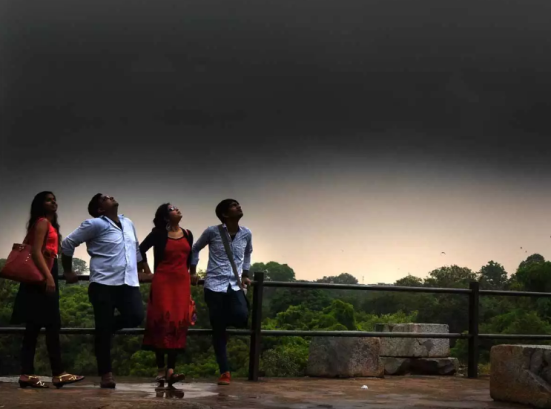Free Courses Sale ends Soon, Get It Now


Free Courses Sale ends Soon, Get It Now



Copyright infringement is not intended
Context
IMD Findings
Pre Monsoon Season in India
Conditions fuelling the pre monsoon showers
Andhis and little rainfall
Kal Baisakhi or "Nor'westers"
Tea Showers, Mango Showers and Cherry Blossoms
© 2024 iasgyan. All right reserved